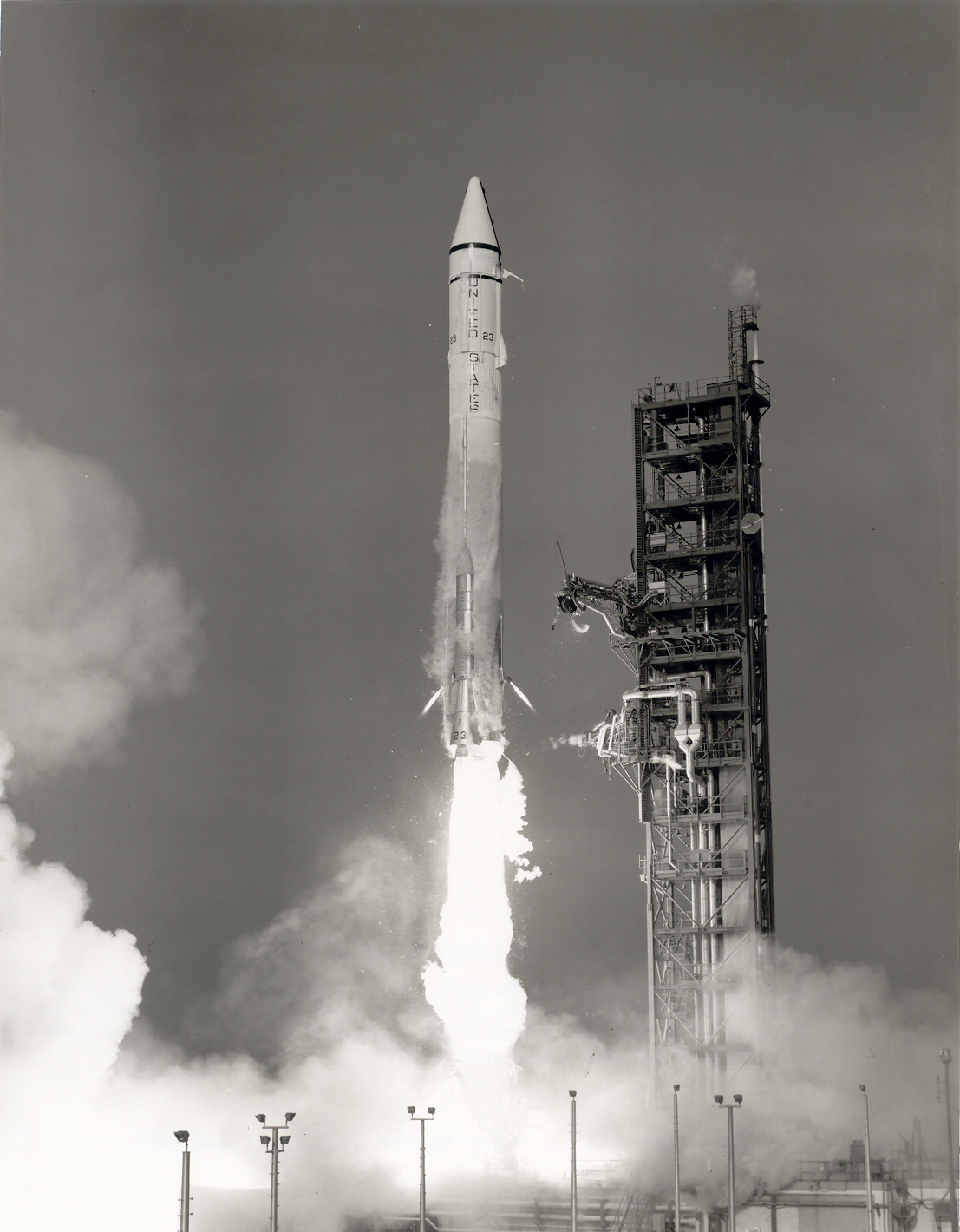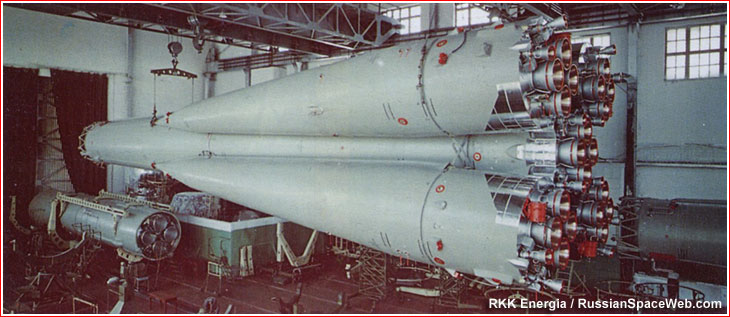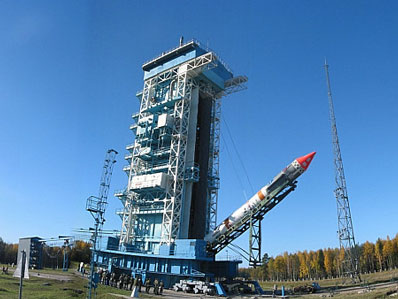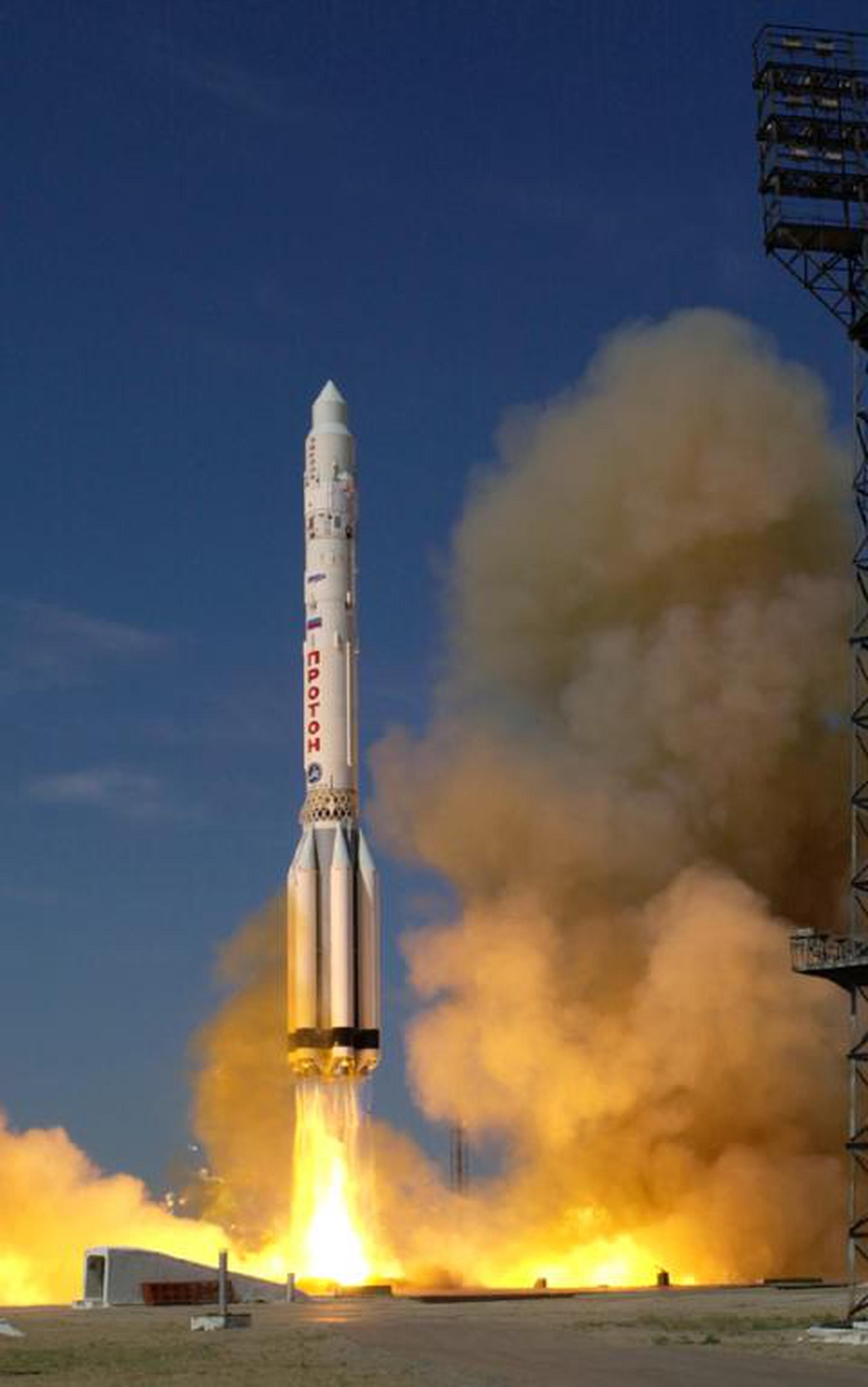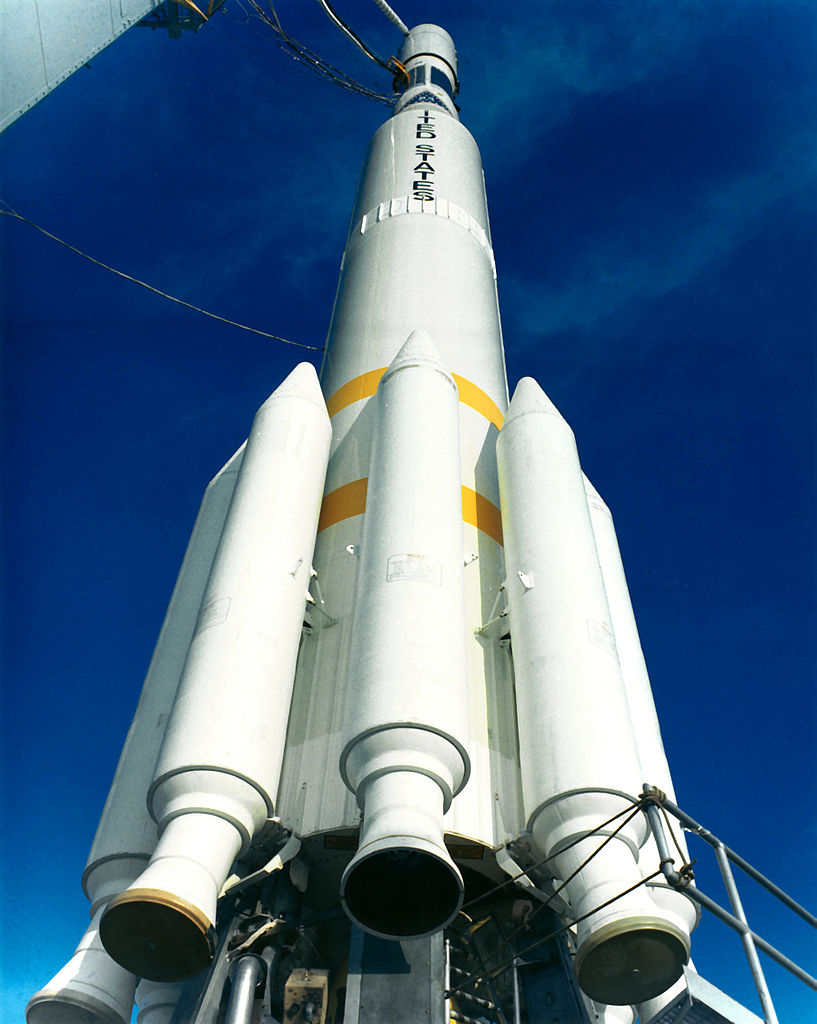Previous Spaceflight Launches
Filter by Agency, Locations or Vehicles
Show All LaunchesAtlas SLV-3C Centaur | Copernicus
Convair | United States of AmericaCape Canaveral SFS, FL, USA
Aug. 21, 1972, 10:28 a.m.
Mu-4S | Denpa
Institute of Space and Astronautical Science | JapanUchinoura Space Center, Japan
Aug. 19, 1972, 2:40 a.m.
Voskhod | Zenit-4MK 8
Soviet Space Program | RussiaPlesetsk Cosmodrome, Russian Federation
Aug. 18, 1972, 10 a.m.
Kosmos-3M | Zaliv-GVM 3
Russian Space Forces | RussiaPlesetsk Cosmodrome, Russian Federation
Aug. 16, 1972, 1:40 p.m.
Scout D-1 | Explorer 46
Vought | United States of AmericaWallops Flight Facility, Virginia, USA
Aug. 13, 1972, 3:10 p.m.
Voskhod | Zenit-4M 40
Soviet Space Program | RussiaBaikonur Cosmodrome, Republic of Kazakhstan
Aug. 2, 1972, 8:15 a.m.
Proton | Salyut-2a
Khrunichev State Research and Production Space Center | RussiaBaikonur Cosmodrome, Republic of Kazakhstan
July 29, 1972, 3:20 a.m.
Voskhod | Zenit-2M 30
Soviet Space Program | RussiaPlesetsk Cosmodrome, Russian Federation
July 28, 1972, 10:19 a.m.
Delta 0900 | Landsat 1
McDonnell Douglas | United States of AmericaVandenberg SFB, CA, USA
July 23, 1972, 6:06 p.m.
Kosmos-3M | Strela-1M 25-32
Russian Space Forces | RussiaPlesetsk Cosmodrome, Russian Federation
July 20, 1972, 6:10 p.m.
